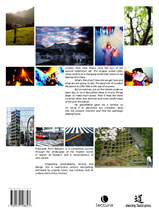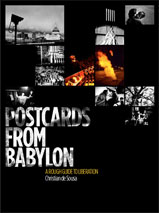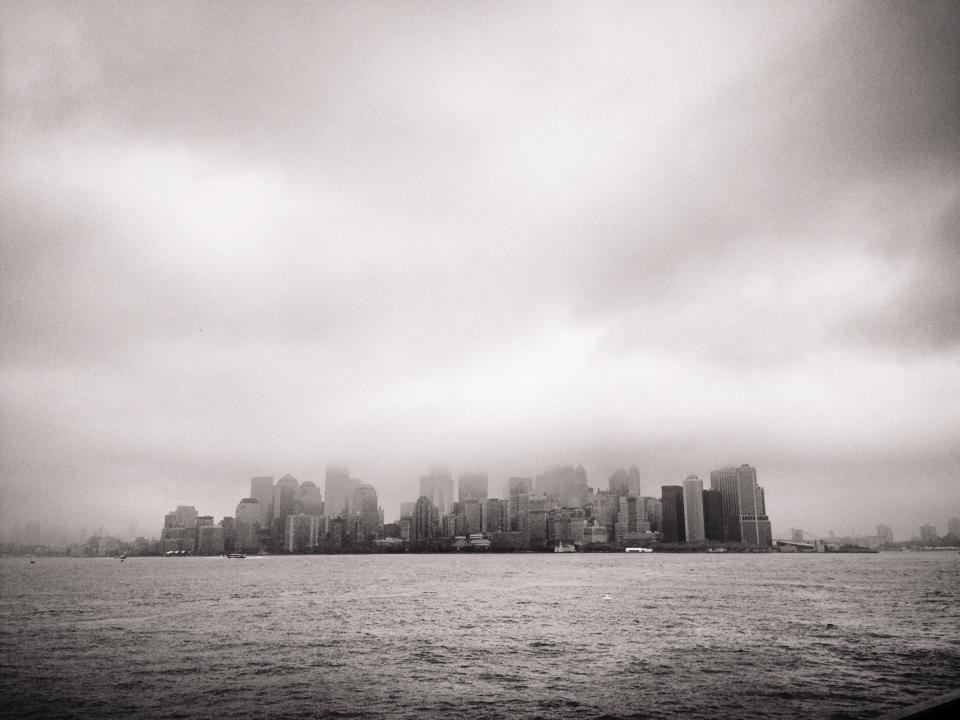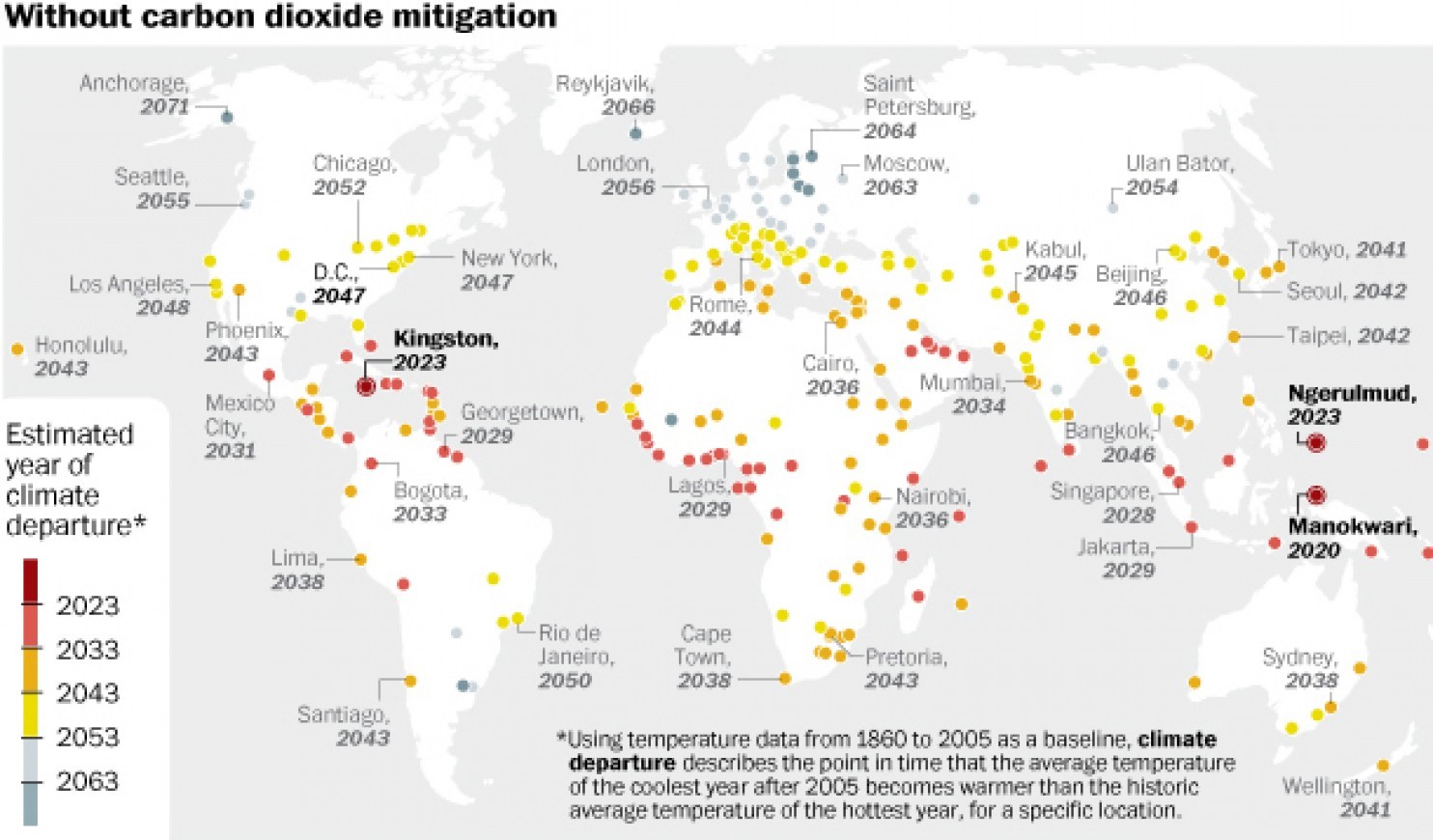
It took several years for the issue of global climate change to translate from fringe environmentalist concern into collective mainstream consciousness. But the shift from knowledge to effective response has so far been tentative and often abortive, despite a steady diet of worrying data and horrifying projections from climate scientists. This sobering map shows the projected impact of tipping-point effects on cities around the globe (read more here)
The scale of the problem, the well co-ordinated obstruction by vested interests (the pseudo-scientific climate-change denial movement seems to be funded in various ways by the right-wing business lobby) – and the overwhelming difficulty of responding collectively to a global issue all throw up question marks as to whether humanity can rise to the challenge.
Another wave of movement is needed – and may be emerging. This article suggests some in influential positions are putting their energies into the climate change response.
Read more >>
.
 “After the Fall” – Photographs by Hin Chua.
“After the Fall” – Photographs by Hin Chua.
View here >>
.
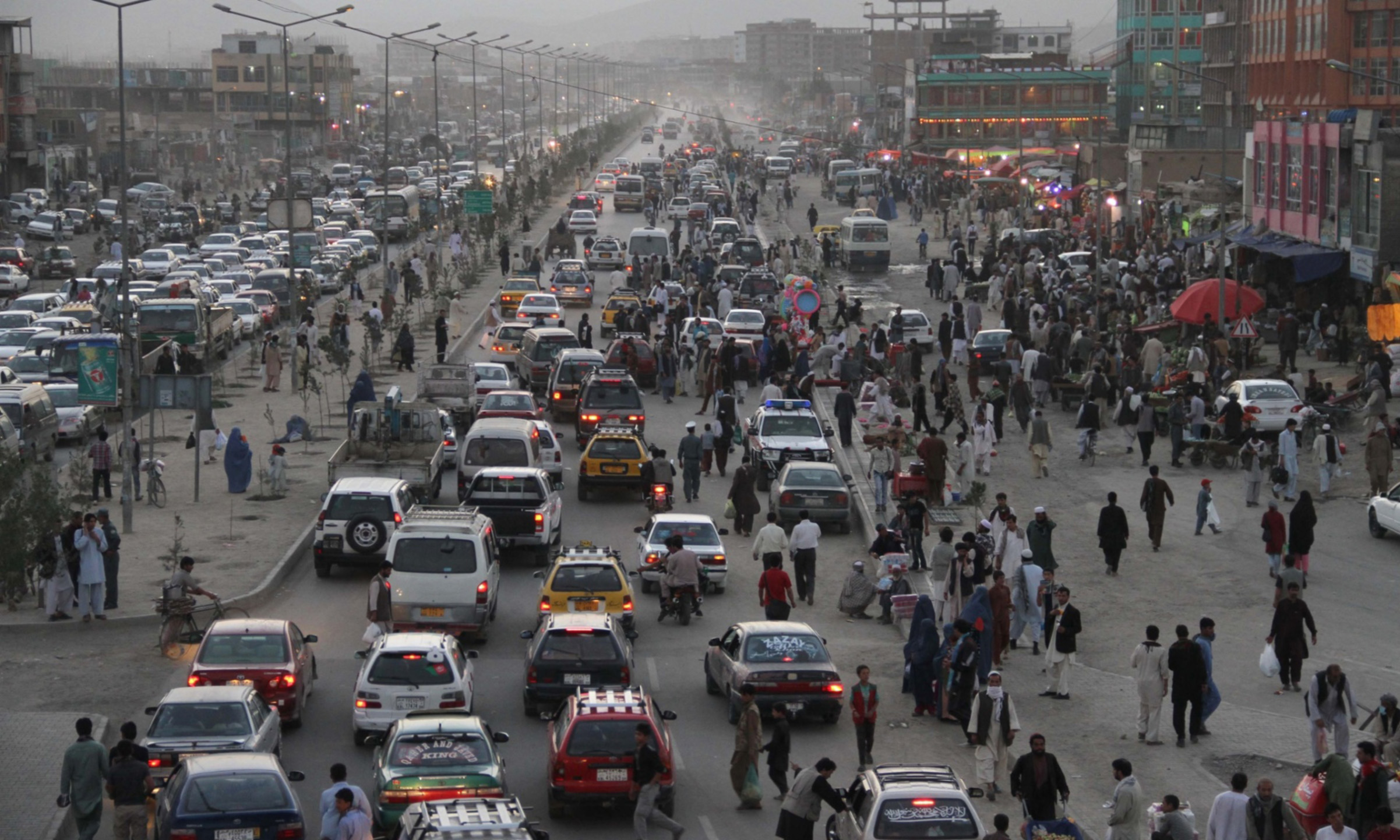
Despite minimal infrastructure, a lack of stable employment and a chaotic economy built on international aid and corruption, Kabul is one of the fastest-growing cities in the world. With a massive conflict-fueled influx of new inhabitants from Afghanistan and beyond, the city’s population of 1.5million inhabitants in 2001 has exploded to 6million now. How can the Afghan capital integrate and hold itself together?
Reportage by Sune Engel Rasmussen >>>
Photograph: S Sabawoon/EPA via @guardiannews
.
Posted in
Babylon Tagged with:
Chaos,
Cities,
Population
From:
Stream
Posted on December 6, 2014 by
Cedric
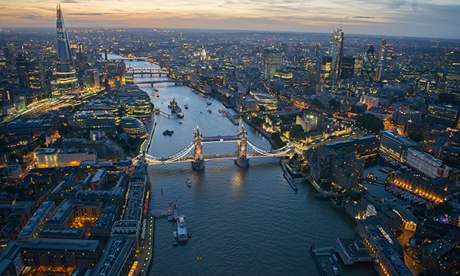
Two artistic voices from two major cities make the same call: to keep their creative soul alive, cities need affordable housing and diversity – or else they become evermore just “pleasuredomes for the rich”. Read more:
David Byrne: The rich are destroying New York culture
Grayson Perry : London needs affordable housing because ‘rich people don’t create culture’
.
Posted on November 8, 2014 by
Cedric

Cities are often described as the nexus for economy, enlightenment, democracy, freedom and inscribed with transformative power for individuals, communities and society. At the same time, these positive aspects are in contrast to portrayals of hellish places full of fear, despair and imminent or post-apocalyptic situations.
‘A Visual History of the Future’, a report by Professor Nick Dunn, Dr Paul Cureton and Nicholas Francis examines how future cities have been visualised over the last 100 years, and considers what these depictions sought to communicate…
.
Posted in
Roots Tagged with:
Cities,
Future,
Taxonomy
From:
Stream
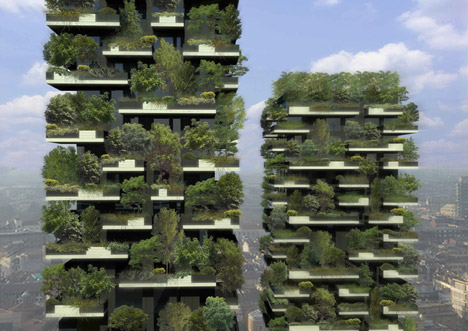 “This is a kind of biological architecture that refuses to adopt a strictly technological and mechanical approach to environmental sustainability…”
“This is a kind of biological architecture that refuses to adopt a strictly technological and mechanical approach to environmental sustainability…”
Introduction to the idea of an urban Vertical Forest – >>
and a very snazzy computer-modelled promo video for the project here >>
.
Posted on October 26, 2014 by
Cedric
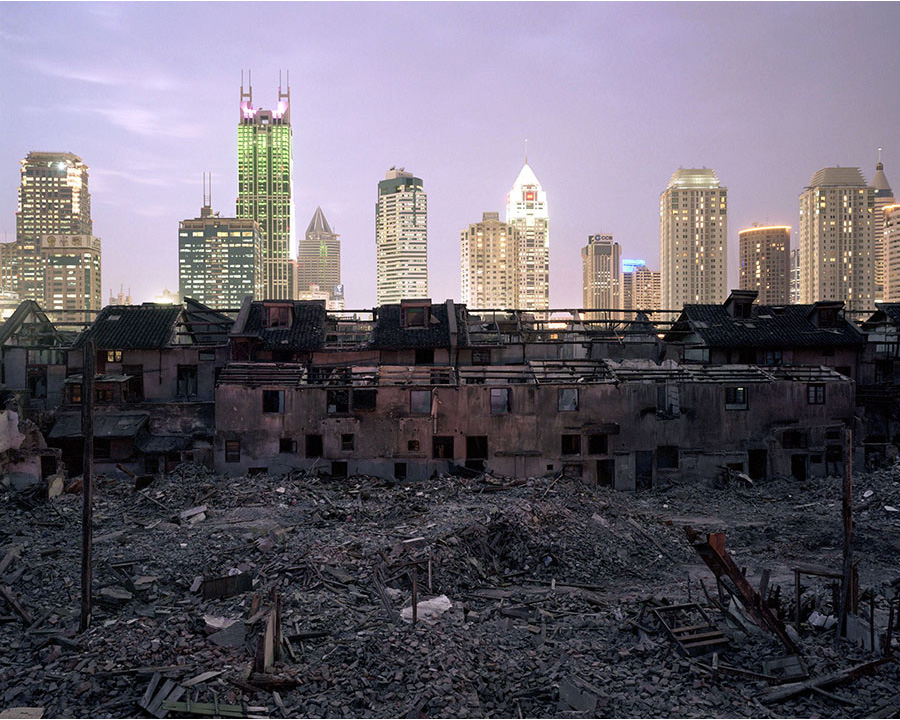
Atmospheric documents of massive urban transformation in China by Greg Girard
View >>
.
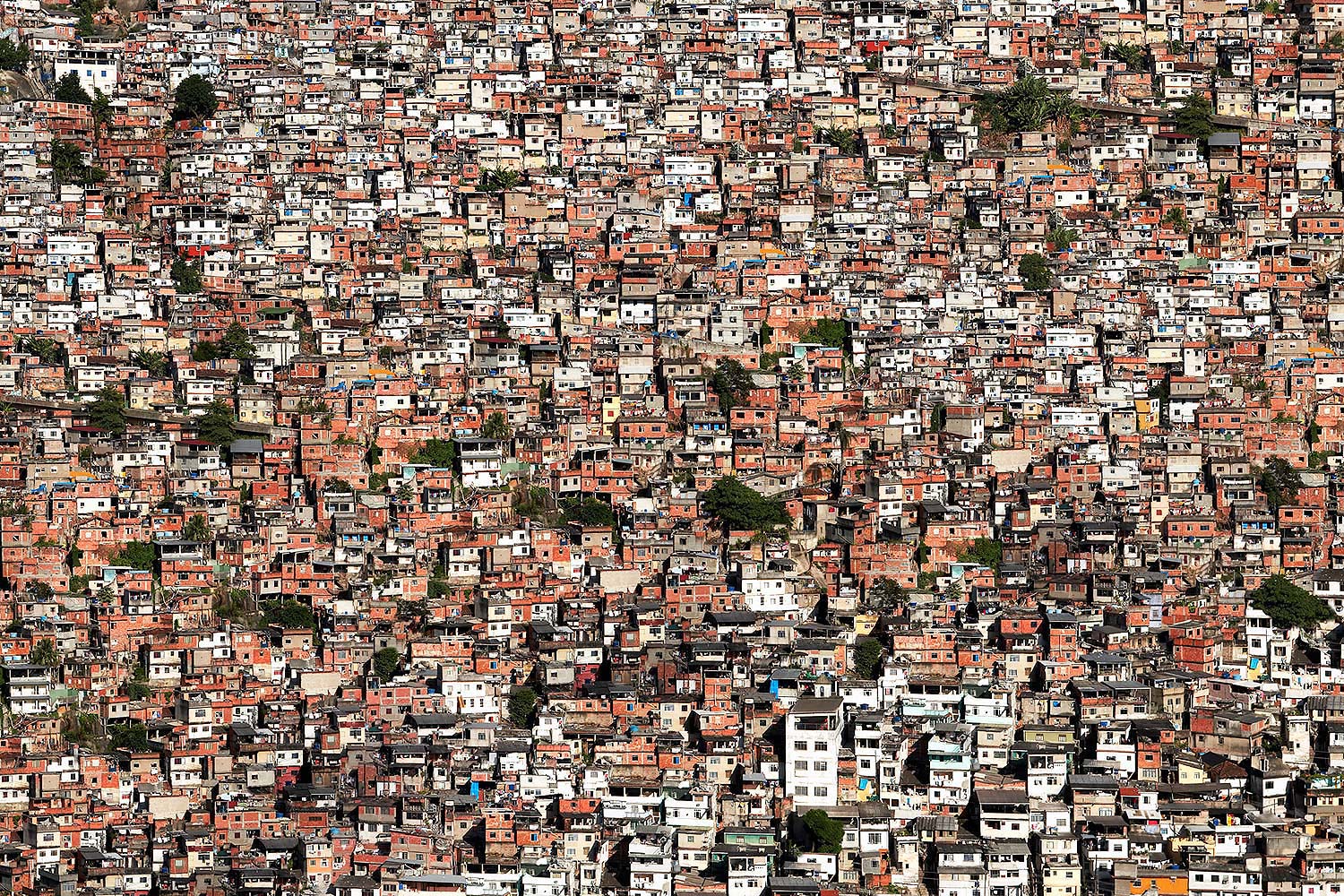 It is estimated that in 2008, for the first time more people globally lived in cities than in the countryside. That increase in urban population is predicted to double in the next forty years, with most of the growth being in the relatively recently industrialised developing world.
It is estimated that in 2008, for the first time more people globally lived in cities than in the countryside. That increase in urban population is predicted to double in the next forty years, with most of the growth being in the relatively recently industrialised developing world.
Marcus Lyon’s BRICS photographs explore these shifts by portraying the rapidly-growing mega-cities of the BRICs nations. (Brazil, Russia, India, China)
Photograph of Rio de Janeiro by Marcus Lyon
See the whole series >>
.

Iraq was the cradle of civilisation, its deserts the location of the first documented cities. Now, after decades of dictatorship, war and ongoing conflict, the reconstruction of Iraq’s crumbling cities is being masterminded by… a family business in Yorkshire using computer modelling software. Stuart Jeffries goes to meet them…
Read the article >>
.
Urban eco-living & nature-based technology, the next level: Bamboo Bicycles…
Watch this clip and Read the Full Article ->>
.

Depth writing by Brett Scott on the nature of urban reality and our relationship to it
Read ->>
.

